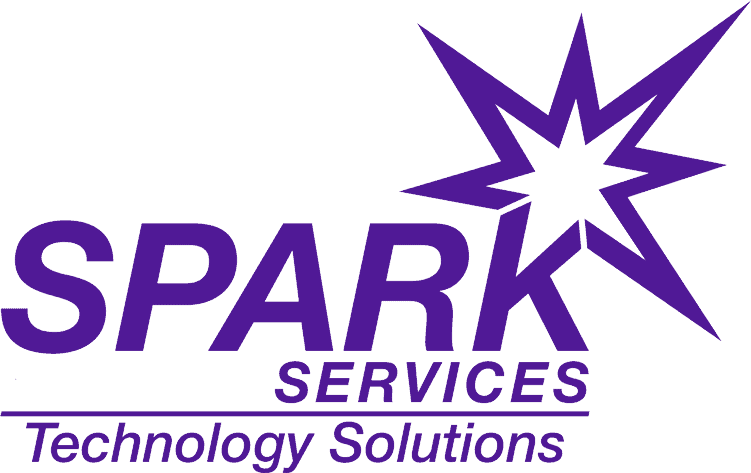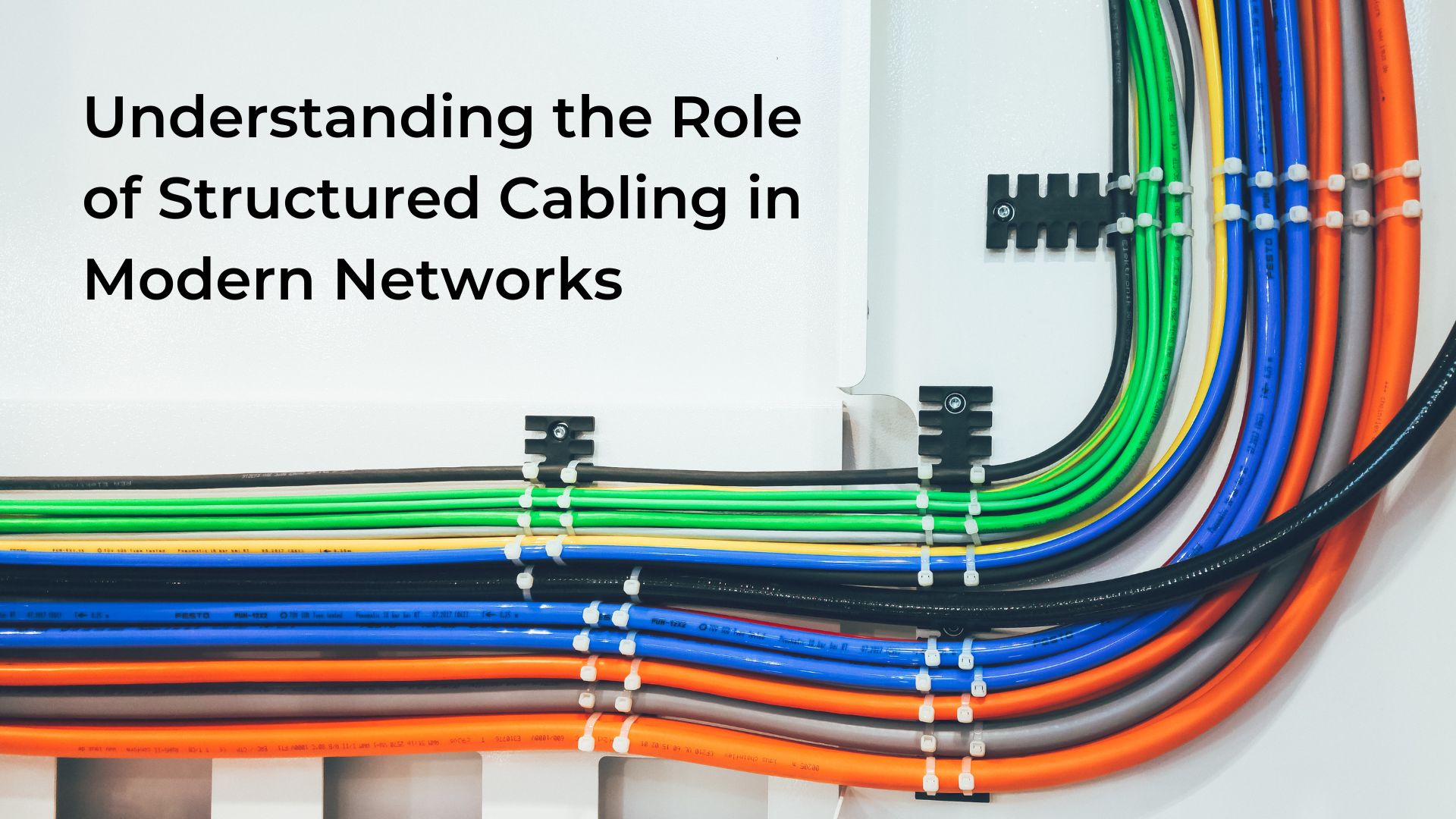In the digital era, where connectivity is the lifeblood of businesses, the infrastructure supporting networks becomes paramount.
Among the key elements shaping a robust network, structured cabling in modern networks emerges as the backbone, ensuring seamless communication across devices.
At SPARK Services, we recognize the critical role structured cabling plays in modern networks.
With our expertise, we’re dedicated to helping businesses build reliable and efficient network infrastructures that empower their operations and drive success.
Structured cabling serves as the foundation for connectivity, offering a standardized framework for the transmission of data, voice, and video signals.
It provides scalability and flexibility, allowing businesses to adapt and expand their networks with ease as their needs evolve.
The Importance of Structured Cabling
1. Foundation of Connectivity
Structured cabling serves as the foundation of connectivity for modern networks, providing a structured and organized framework for the transmission of data, voice, and video signals.
By deploying a standardized cabling infrastructure, businesses can ensure consistent performance and reliability across their entire network, regardless of the size or complexity of their operations.
Structured cabling enables seamless communication between devices, allowing for the efficient transfer of information and the smooth operation of business-critical applications.
2. Scalability and Flexibility
One of the key advantages of structured cabling is its scalability and flexibility.
Unlike traditional point-to-point cabling systems, which can be cumbersome to modify or expand, structured cabling offers a modular and standardized approach that allows for easy scalability and reconfiguration.
As businesses grow and evolve, structured cabling systems can be easily expanded or modified to accommodate changing requirements, without the need for extensive rewiring or infrastructure upgrades.
This scalability ensures that businesses can adapt to evolving technology trends and support future growth with minimal disruption to their operations.
3. Simplified Management and Maintenance
Structured cabling simplifies the management and maintenance of network infrastructure, making it easier for IT professionals to identify and troubleshoot issues, perform routine maintenance tasks, and ensure optimal performance.
With a standardized cabling infrastructure in place, businesses can minimize downtime and reduce the risk of network disruptions caused by cable failures, signal interference, or connectivity issues.
Additionally, structured cabling facilitates efficient cable management practices, reducing the risk of cable clutter, tangling, and damage, and improving the overall organization and aesthetics of the network environment.
4. Support for High-Speed Data Transmission
In today’s data-driven business environment, the need for high-speed data transmission is more critical than ever.
Structured cabling systems are designed to support the latest networking technologies, including Gigabit Ethernet, 10 Gigabit Ethernet, and beyond, ensuring fast and reliable data transfer speeds to meet the demands of modern applications and workflows.
By providing a robust and reliable transmission medium, structured cabling enables businesses to leverage bandwidth-intensive applications, such as video conferencing, cloud computing, and big data analytics, without compromising performance or reliability.
5. Future-Proofing
Structured cabling offers a future-proofing solution for businesses looking to adapt to emerging technology trends and scale their network infrastructure over time.
By deploying a standardized cabling infrastructure that complies with industry standards and best practices, businesses can ensure compatibility with future networking technologies and protocols, reducing the need for costly upgrades or replacements down the line.
Structured cabling provides a solid foundation for future growth and innovation, allowing businesses to stay ahead of the curve and remain competitive in a rapidly evolving digital landscape.
Conclusion
In conclusion, structured cabling plays a critical role in modern networks, providing a foundation of connectivity, scalability, and reliability that underpins the functionality and performance of business-critical applications and workflows.
By investing in a structured cabling infrastructure, businesses can ensure consistent performance, simplify management and maintenance, support high-speed data transmission, and future-proof their network infrastructure for continued growth and innovation.
At SPARK Services, we understand the importance of structured cabling in building reliable and efficient networks. With our expertise and experience, we can help you design and implement a structured cabling solution tailored to your specific needs, ensuring optimal performance, reliability, and scalability for your business.




